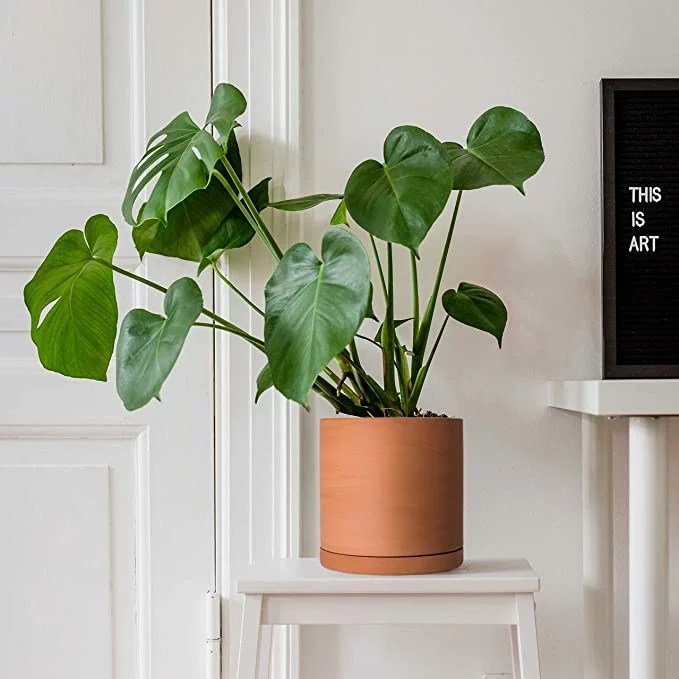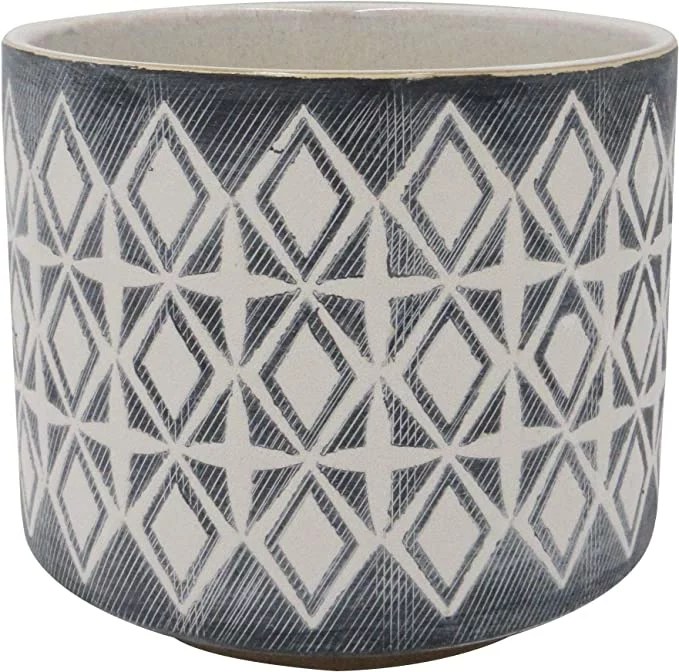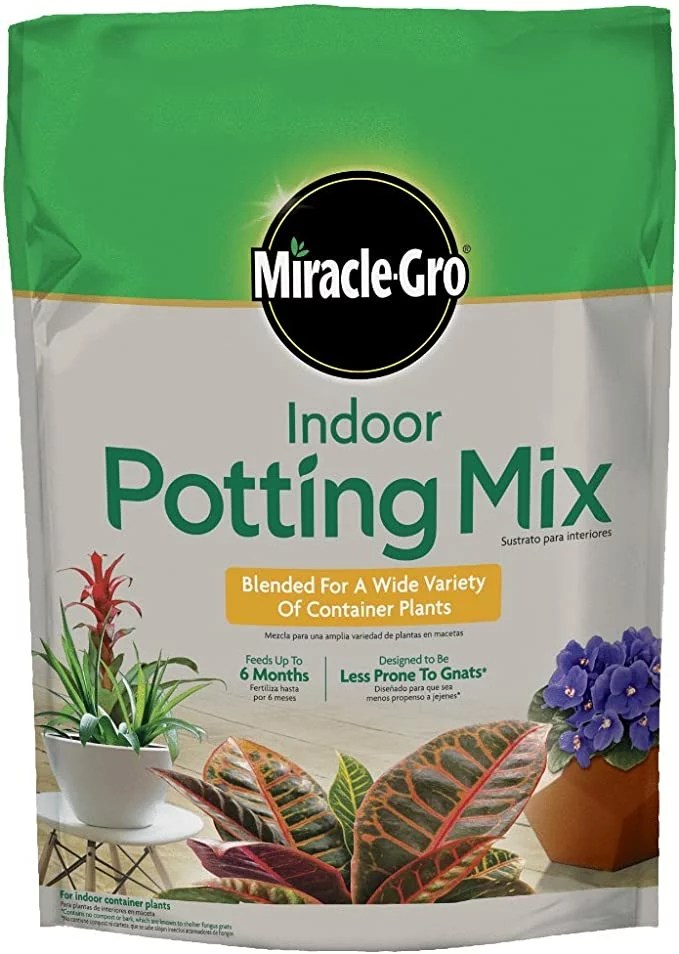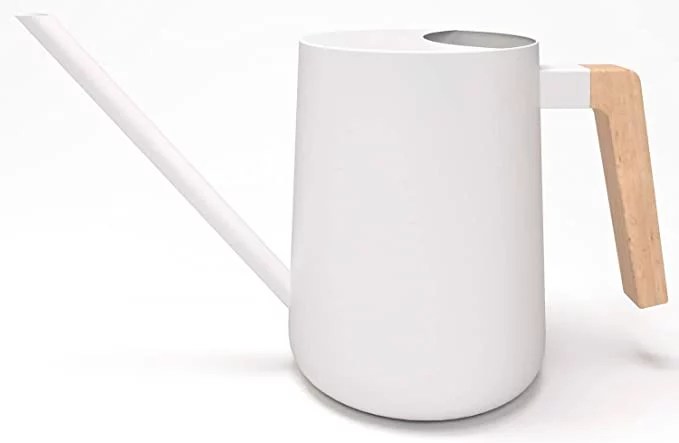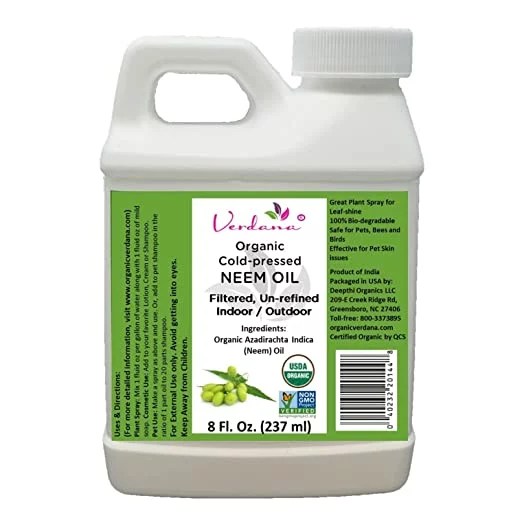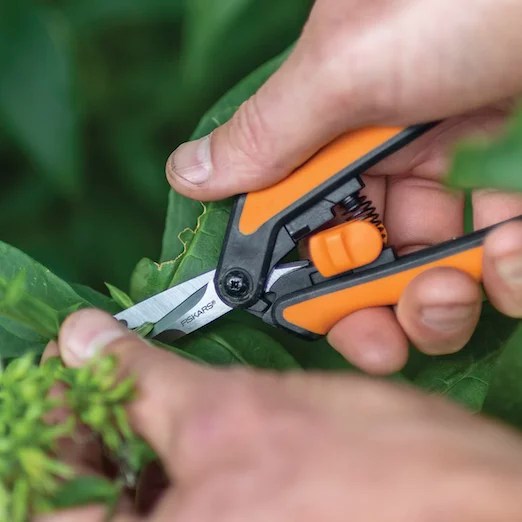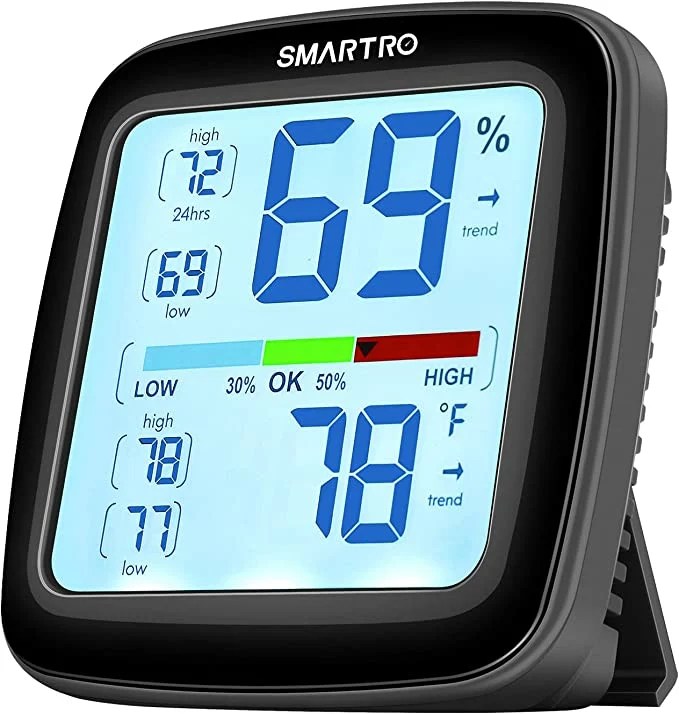This Checklist for Bringing Home a New Plant Ensures It’ll Thrive Under Your Care
Below, plant experts share what you’ll need for your new plant, plus helpful dos and don’ts to ensure your leafy beauty thrives.
Shopping checklist for bringing home a new plant
1. Pot
When you buy a plant, it will probably come in a grower’s pot, or nursery pot. They aren’t, however, the most aesthetically pleasing—and if it’s important to you that it matches with your decor, you can place it in a more stylish-looking pot. Caroline Copeland, an online design expert at Yardzen, recommends choosing one that’s one to two inches larger in diameter than the size of the nursery pot, which can also offer sufficient room for the plant to grow.
Pots are also available in a variety of materials, from terra cotta to ceramic and plastic—and while each have their pros and cons, Paris Lalicata, a plant expert at The Sill, says it’s ultimately a matter of personal preference. Regardless of material, Copeland recommends a pot with drainage holes to ensure your plant receives the water it needs without becoming waterlogged.
{{post.sponsorText}}
In addition, drainage holes also help prevent overwatering, Kaylyn Hewitt, a plant expert and ’s lead floral designer, previously told Well+Good.
2. Potting mix
“Potting mix can help provide nutrients to the plant,” says Copeland, and in addition to offering plants the sustenance it needs, it allows for aeration and helps drain excess water. Lalicata says you’ll always want a fresh bag of the stuff when bringing home a new plant. “Potting mix degrades and gets old over time,” she says. “It becomes hydrophobic [and] it becomes degraded in nutrients so that’s why plants can’t live in the same soil indefinitely.”
As you shop, you’ll likely come across a wide array of options for potting mix. Lalicata says that most standard indoor potting mixes can work for a wide array of indoor plants. However, if, for instance, you’re growing succulents and cacti, they should be planted in a potting mix that’s specially designed for them. “Since they originate from an environment that’s drier, they have a low nutrient environment where they naturally come from, so having a succulent specific potting mix helps because it has more inorganic ingredients that allow for more aeration and drainage,” she says. “It also doesn't have as many nutrients because of the lack of organic material.”
If you’re somebody who is a rare plant collector or has a plant that isn’t as easy to care for, she adds that it’s always best to do research on what kind of soil would be best for them.
3. Watering can
You can always use a drinking glass or the kitchen faucet to water thirsty plants, but a watering can allows you to control how much water you’re pouring and direct it where you want it to flow. Watering comes in a range of sizes and styles, with some so pretty they can double as decor. Selecting an option with these factors in mind will depend on how many plants you have to water—or alternatively, the amount of times you’re willing to refill the can—as well as your own aesthetic preferences.
In any case, Lalicata says to opt for one that’s narrow-spouted. A narrow-spouted watering can will not only allow you to reach the soil underneath the leaves of your plant, which is especially important if it has thick foliage, but will also make less mess compared to, say, a water glass or a measuring cup.
4. Water moisture meter
Since different plants each have unique watering requirements, Lalicata recommends a water moisture meter, or, alternatively, a soil sleuth, to help you gauge the moisture level of the soil. She says that tracking the soil moisture level is the best way to know when to water your plant rather than sticking to a strict watering schedule. “There are so many different things that fluctuate in an environment that impact how fast a plant drinks up water,” she says—and it can also make plant parenting much easier.
You can also use your finger. Consider a plant watering hack that STYLUSH plant expert Reagan Kastner shared on a TikTok video: Just place your finger an inch into the soil of the pot of your plant; if you pull out and there’s dirt on your finger, hold off watering, if there’s only a little dirt, you can water.
5. Neem oil
Like it or not, houseplant pests come with the territory of caring for plants—and worse still, you never know when they are going to pay a visit. That’s why Lalicata always recommends having a bottle of insecticidal soap or neem oil within reach. These pest repellants are typically made of natural ingredients that are free of chemicals so they are safe to spray indoors.
6. Pruning shears
Lalicata also says to consider pruning shears, which will come in handy when your plant drops leaves or stems due to natural leaf turnover or stress. While a pair of scissors can help tidy up a plant, she says to avoid using them as an alternative. “Pruners make a more precise and cleaner cut compared to scissors,” she says. “Usually, if you use scissors and it’s not sharp, it can damage the stem tissue.”
7. Fertilizer
If you want to give your plant a little pick-me-up, Lalicata says that you can consider purchasing a fertilizer to use in the spring or summer months. “Fertilizer isn’t food—it’s really just a vitamin—so fertilizing your plants in the spring and summer months can help plants grow a little bit more vigorously,” she says.
8. Hygrometer
A hydrometer can help you monitor the humidity and temperature levels in your home—and Lalicata says it’s useful for any plant parent to have. This is especially important for those who own plants that require a particular humidity range to thrive.
Dos and don’ts of bringing home a new plant
Do research on your new plant
Bringing home a new plant typically requires a little more thought than choosing one based on looks. It’s important to do your research on the plant species you’re interested in to ensure your home has the right environmental conditions for it to thrive. Lalicata says that the first and most crucial thing you want to do is assess the amount of light that your home receives. This will help you determine which types of plants can do well in your space as some can tolerate low-light conditions while others benefit from environments that receive direct sunlight.
In addition, you also want to research on whether a plant is low maintenance or requires more care—and from there, decide if you can give it the time and attention it needs. For example, “if you’re somebody who is always traveling or you’re always out, consider getting a more low-maintenance plant that is drought-tolerant or can thrive in various light conditions,” says Lalicata. “It’s really about being honest with yourself about the time and attention that you can give each individual plant.”
Don’t repot your plant right away
If you’re thinking of repotting your plant the moment you arrive home, think again. According to both Copeland and Lalicata, you’ll want to refrain from repotting your new plant right away—it’s important to let them acclimate to its new environment. “Usually, we say to acclimate your plants for up to two weeks,” says Lalicata. “Some lower-maintenance or hardier plants, like ZZ or snake plants, require just a week because they aren’t as fussy.”
Do quarantine your plant for a week
“If you already have other plants, it might be a good idea to quarantine the new plant for a week,” says Copeland. The reason being is that it may carry pests that may not be immediately visible. “Even if you investigate the plant before bringing it home, it’s always good to pretreat it first and also keep it quarantined for at least a week away from the rest of your plants,” says Lalicata. To rid a new plant of any pests, Lalicata gives it a quick rinse in her sink or tub, and once it dries, pretreats it with an insecticidal soap or neem oil. “If I find that after a week, no pests are popping up, then I will go ahead and integrate it into the rest of my collection,” she says.
Don’t water your plant unless it needs it
“Resist the temptation to water your new plant and wait until it actually needs it,” says Copeland—and the best way to check if your plant needs hydration is to check the moisture of the soil. “If you buy a new plant and the soil is moist, you do want to refrain from watering it,” says Lalicata, “whereas if you check the soil and it’s bone-dry, then go ahead and give the plant some water.”
Loading More Posts...

